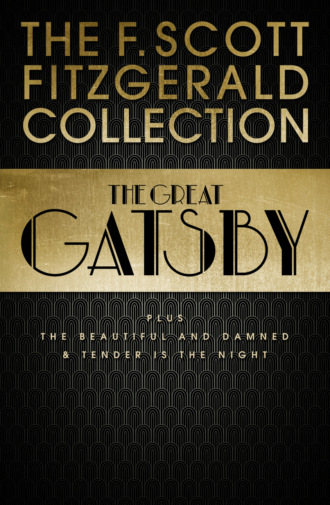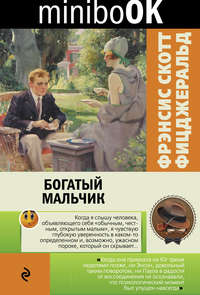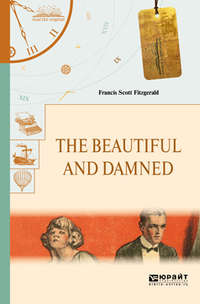F. Scott Fitzgerald Collection: The Great Gatsby, The Beautiful and Damned and Tender is the Night

Полная версия
F. Scott Fitzgerald Collection: The Great Gatsby, The Beautiful and Damned and Tender is the Night
Жанр: книги по психологиипериодические изданиясовременная зарубежная литературазарубежная психологиясборникиклассическая прозапублицистика и периодические издания
Язык: Английский
Год издания: 2019
Добавлена:
Настройки чтения
Размер шрифта
Высота строк
Поля
Конец ознакомительного фрагмента
Купить и скачать всю книгу








